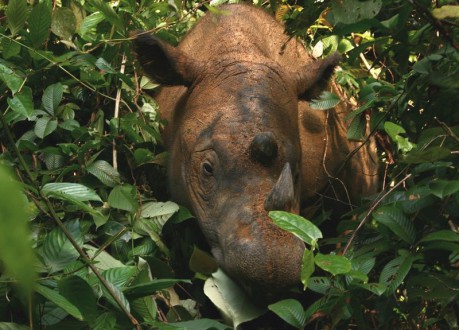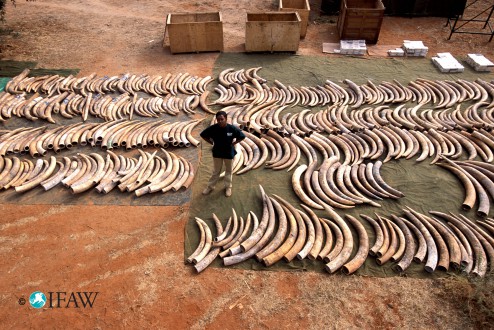- The Wildlife Crime Tech Challenge has chosen 44 finalist tech designs to help reduce wildlife crime.
- Solutions ranged from global platforms to assess wildlife crime networks, to secure reporting systems, to a mobile app to help consumers identify illegally-caught aquarium fish species.
- Finalists now compete for prizes that consist of $10,000, networking and support opportunities, and the opportunity to apply for a Grand Prize of funding up to $500,000.
What kinds of technology can help reduce wildlife crime?
Last week, the Wildlife Crime Tech Challenge, announced the selection of 44 finalists, from 17 countries, for their tech design solutions that address one of four key issues related to reducing wildlife crime.
The Challenge, a program of US Agency for International Development (USAID), National Geographic Society, Smithsonian Institution, and TRAFFIC, will award prizes to the winning designs to advance four wildlife trafficking reduction goals, 1) detect transit routes, 2) strengthen forensic evidence and data sharing, 3) reduce consumer demand, and 4) tackle corruption, all outlined in a previous wildlife.mongabay.com post.

The finalists, chosen from the initial pool of 300 applicants from 52 countries, presented remarkable innovations to combat the illegal trade in wildlife. These ranged from real-time global platforms designed to assess global wildlife crime networks, to building a South Asian wildlife DNA database, to a secure wildlife crime Internet-based reporting system, to a mobile app designed to help consumers distinguish which aquarium saltwater fish species were bred in captivity and which were illegally caught. The solutions proposed by the finalists addressed trade in a suite of high-value animal taxa, including sharks and aquarium fish, sea turtles and crocodiles, birds, rhinos, elephants, tigers, and slow lorises.
Finalists will now compete for a prize package of $10,000 plus opportunities for networking, funding, and technical assistance, as well as the opportunity to apply for a Grand Prize of up to $500,000. Judges will choose the prize winners later this fall.

WCTC is looking for volunteers to help the prize winners introduce their designs to new markets and users. Learn how you can contribute to the fight against #wildlifecrime – one of today’s biggest conservation challenges – by visiting www.wildlifecrimetech.org, sending an email to info@wildlifecrimetech.org, or the WCTC Facebook page.
Any advice for the finalists? Visit the wildtech forum to start a conversation.
